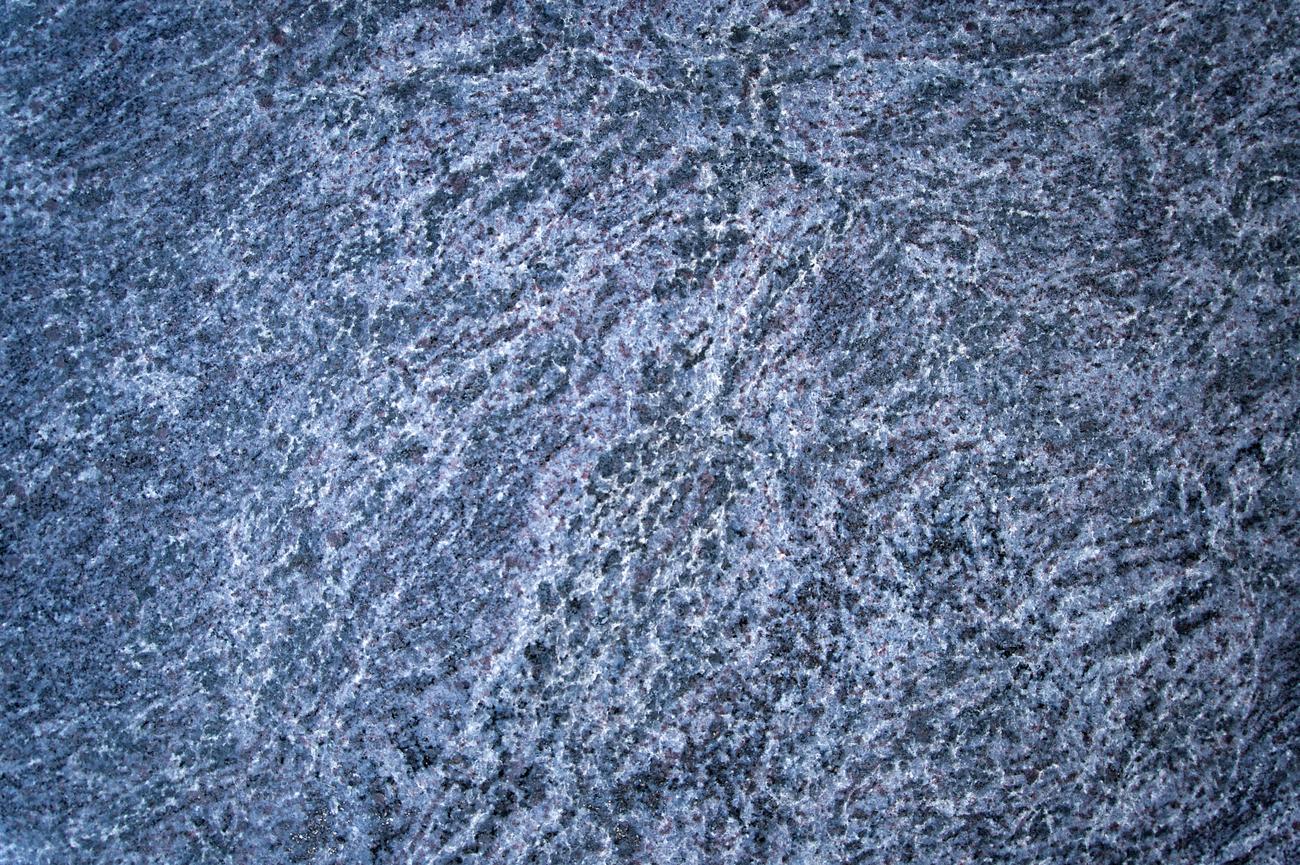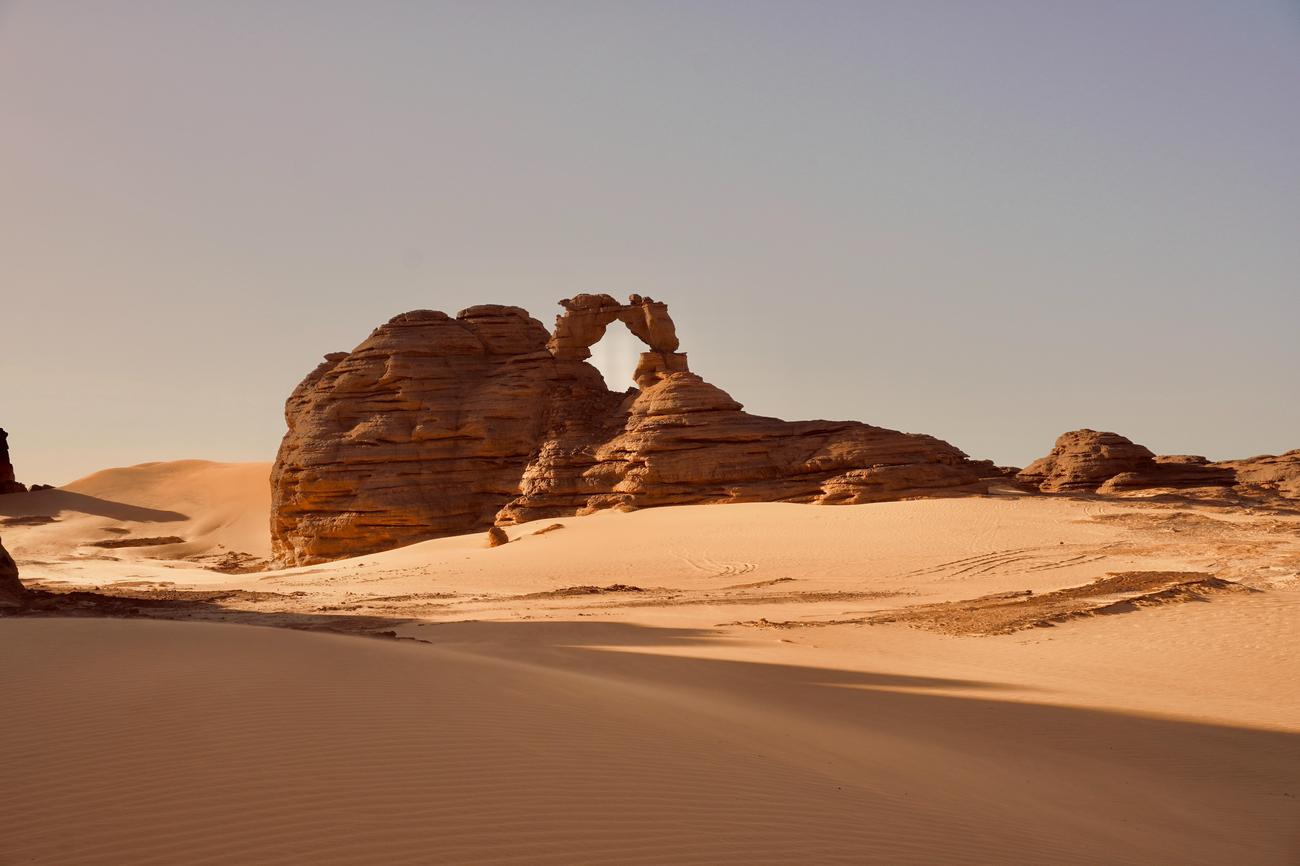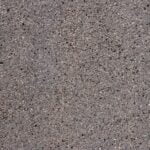Are you ready to embark on a journey through the fascinating world of granite? If you have ever been intrigued by the enigmatic charms hidden within this igneous rock, then you have come to the right place. In this article, we will dive deep into the unusual qualities of granite, uncovering its secrets and shedding light on its mesmerizing properties. As an experienced geologist with a passion for exploring the mysteries of the Earth, I am excited to guide you on this exploration, unraveling the remarkable variations in color, patterns, and composition that make granite truly unique. So, fasten your seatbelts and get ready to be captivated by the extraordinary allure of granite.

Unusual Qualities Of Granite
Granite, an enchanting igneous rock that has intrigued geologists and captured the fascination of many, possesses a myriad of unusual qualities that set it apart from other rocks. Derived from the Latin word “granum,” meaning coarse grain, granite exhibits astonishing variations in color, patterns, and composition. Let’s delve into the enigmatic charms of granite, unraveling its exceptional properties that have withstood the test of time.
1. Origin: The Ancient Origins of Granite
One of the most intriguing aspects of granite is its origin. Unlike many rocks that are formed through sedimentary processes, granite is an igneous rock that goes through a complex process to reach its final form. It begins its journey deep beneath the Earth’s surface as molten magma that slowly cools and solidifies. This unique formation process gives granite its characteristic interlocking crystals and makes it one of the oldest rocks on our planet.
“From the depths of the Earth, granite emerges as a testament to the incredible power and beauty of geological processes.”
2. Composition: A Mosaic of Minerals
Diving deeper into granite’s unusual qualities, we uncover the remarkable composition of this captivating rock. Comprised of various minerals such as quartz, feldspar, and mica, granite boasts an intricate mosaic of colors and textures that captivate the eye. These minerals combine harmoniously, forming stunning patterns and enhancing the overall aesthetics of granite.
3. Hardness: The Unyielding Nature of Granite
When it comes to durability and hardness, granite reigns supreme. Renowned for its exceptional strength, granite is one of the hardest materials in the world. Thanks to its dense structure and interlocking mineral crystals, granite can withstand immense pressure and resist abrasion, making it an ideal choice for various applications, both functional and decorative. Whether it’s enduring the ravages of time or withstanding the forces of nature, granite stands tall as an unwavering testament of its resilience.
4. Historical Significance: Granite as a Symbol of Legacy
Throughout history, granite has left an indelible mark on humanity, adorning countless structures that have stood the test of time. From the majestic pyramids of Egypt to the iconic Statue of Liberty, granite has been a preferred choice for architects and builders seeking enduring strength and grandeur. Its elegant beauty and exceptional durability have made it a symbol of legacy, anchoring historical masterpieces and echoing the stories of civilizations long gone.
5. Economic Significance: Fueling Progress and Prosperity
Beyond its artistic and historical allure, granite also holds significant economic value. As a versatile building material, it plays a crucial role in the construction industry, from monuments and sculptures to countertops and flooring. Granite mining and processing contribute to the economies of many countries, providing employment opportunities and driving economic growth. Its immense popularity and enduring demand make granite an invaluable natural resource that fuels progress and prosperity.
In conclusion, granite’s unusual qualities unveil an enigmatic charm that captivates and intrigues both geologists and admirers of natural beauty. From its ancient origins to the mosaic of minerals that compose its structure, granite stands as a testament to the Earth’s remarkable geological processes. Its unparalleled hardness and resistance make it a formidable rock, while its historical significance and economic value continue to shape our world. As we reflect upon the remarkable qualities of granite, we realize that in this rock lies a rich tapestry of history, strength, and timeless beauty.
“In every facet of existence, granite reveals its extraordinary nature, offering a glimpse into the geological wonders that shape our planet and inspire awe and admiration.”
Granite is more than just a sturdy and durable stone used in construction; it holds a world of fun and fascinating facts waiting to be discovered. Did you know that granite is formed deep within the Earth’s crust over millions of years? Its unique composition gives it beautiful textures and patterns that make each slab truly one-of-a-kind. If you’re curious to learn more about this captivating natural wonder, dive into our collection of fun facts about granite. Trust us, you won’t want to miss it! Fun Facts About Granite
Unusual Qualities Of Granite
Have you ever wondered about the unique characteristics of granite? It’s not just a regular stone; it possesses some truly fascinating properties that may surprise you. From its sheer durability to its mesmerizing color variations, granite is a true wonder of nature. But did you know that it also has unexpected properties that set it apart from other stone types? We invite you to explore the surprising attributes of granite and unveil its hidden secrets. Click here to learn more about the unexpected properties of granite!
What is Granite? A Fascinating Insight from a Geologist
[youtube v=”Bg98rZuFF8I”]
Granite is an intriguing rock that holds a significant place in both the Earth’s composition and human world. It is an igneous rock known for its unique qualities and remarkable beauty. In this article, we will delve into the formation, composition, uses, and various types of granite.
Formation of Granite: Unveiling the Mystery
Geologists have long been puzzled by the formation of granite. Unlike volcanic rocks such as basalt, which can be observed erupting from volcanoes, granite forms deep underground in places inaccessible to humans and instruments. This has made deciphering its origin challenging.
Some geologists propose that granites are the result of fractional crystallization. This process involves the final stages of a magma reservoir where all the silica-rich material has already crystallized and been erupted or intruded. These granites, known as M-type granites, are derived from the mantle and are characterized by their silica-rich composition.
Other theories suggest that granites form through the alteration of pre-existing rocks. S-type granites, for example, are believed to originate from the melting of sedimentary rocks. This process, known as anatexis or metasomatism, results in the transformation of sedimentary rocks into granites.
A third type, known as anorogenic or A-type granites, forms when hot spots in the mantle cause melting of previously metamorphosed rocks. These granites often occur in the middle of continents, far from volcanic activity or mountain building events.
Composition of Granite: A Mosaic of Minerals
Granite is composed of a variety of minerals that give it its distinct characteristics. The essential minerals in granite include quartz, feldspar, and mica.
Quartz, which makes up 20 to 60 percent of the rock, forms greasy grey blobs in granite. It crystallizes last and fills in the spaces left by other minerals, resulting in its unique appearance.
Feldspars, specifically alkali feldspars and plagioclase feldspars, contribute to the color and texture of granite. Alkali feldspars, with their pink hue, contain potassium, while plagioclase feldspars contain calcium and sodium.
In addition to these essential minerals, granite may also contain black needles of hornblende and black plates of biotite, which are types of amphiboles and mica, respectively. There might also be the presence of clay minerals like muscovite, signifying the aluminum and potassium-rich nature of certain types of granite.
Uses of Granite: From Iconic Structures to Kitchen Countertops
Granite has a rich history of use in iconic structures around the world. From ancient temples to modern skyscrapers, granite has left an indelible mark in architecture. Its strength, durability, and exquisite beauty have made it a symbol of longevity and prestige.
In the construction industry, granite’s qualities make it highly sought after. It is commonly used as both a building material and a decorative stone. Granite countertops in kitchens and cafes add elegance and functionality, while granite facades on buildings create a striking visual appeal.
Granite’s economic value cannot be understated. Its extraction and processing create jobs and drive economic growth in regions where granite deposits are abundant. Furthermore, its versatility and durability make it a cost-effective choice for architects, builders, and homeowners alike.
Exploring the Beauty of Granite
To truly appreciate granite, one must venture into nature’s most magnificent landscapes. Mountain ranges, particularly older ranges with extensive erosion, often reveal the granitic core where all the melting and crystallization occurred. Scottish Highlands and other regions with eroded surface rocks are ideal places to witness the grandeur of granite.
However, if mountains are not accessible, one can still discover granite in the urban environment. Many buildings, especially official and historic structures, feature granite facades and floor tiles. Kitchen countertops in coffee shops and residential homes often boast the elegance of granite.
When encountering granite, look for its defining features. Coarse-grained texture with easily visible crystals, predominantly white and pink feldspars, and greasy grey quartz blobs often indicate the presence of granite. Though not all granites possess pink crystals, these characteristics are strong indicators of the rock’s identity.
Embrace the Marvels of Granite
Granite’s mesmerizing allure invites us to marvel at the intricate workings of the Earth’s geological wonders. Its formation, composition, and usage tell tales of immense heat, vast time spans, and human ingenuity. As we encounter granite in our surroundings, let us embrace its beauty and appreciate the enduring legacy it represents.

FAQ
Question 1
What is the origin of granite?
Answer 1
Granite is an igneous rock that forms deep within the Earth’s crust through the slow cooling and solidification of molten magma. It does not simply appear naturally as a slab but is the result of millions of years of geological processes.
Question 2
Why is granite considered one of the oldest rocks in the world?
Answer 2
Granite is indeed one of the oldest rocks in the world, with some formations dating back over 2 billion years. Its formation deep within the Earth’s crust makes it a relic from ancient times, providing valuable insights into the planet’s geological history.
Question 3
What does the name “granite” mean?
Answer 3
The name “granite” is derived from the Latin word “granum,” which means “coarse grain.” This name accurately describes the rock’s characteristic texture, as it consists of large mineral grains that are visible to the naked eye.
Question 4
What minerals make up granite?
Answer 4
Granite is composed of several minerals, including quartz, feldspar, mica, and amphibole. These minerals give granite its unique color and pattern variations, with different combinations and proportions creating a wide range of appearances.
Question 5
Why is granite considered one of the hardest materials in the world?
Answer 5
Granite’s exceptional hardness stems from its mineral composition and its formation process. It consists mainly of quartz and feldspar, which are among the hardest minerals on Earth. This makes granite highly resistant to scratches, heat, and weathering, contributing to its durability and longevity.
- SYBAU See You Baby Meaning: Gen Z Slang Evolves - July 1, 2025
- Unlock Your Inner Youth: Lifestyle Secrets for a Vibrant Life - July 1, 2025
- Decode SYBAU Meaning: Gen Z Slang Explained - July 1, 2025






